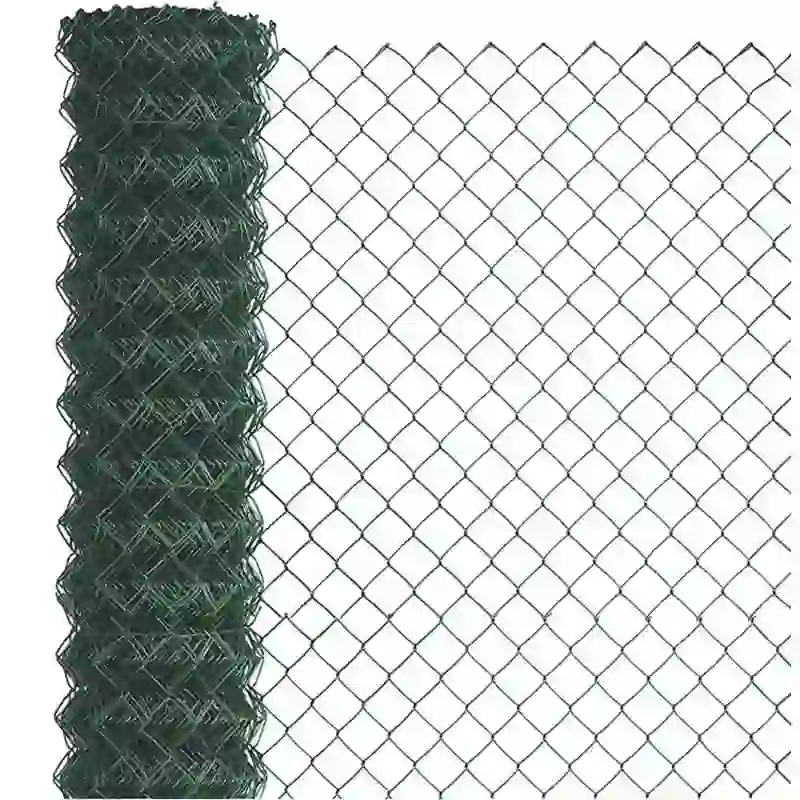-
 Phone:
Phone: -
 Email:
Email:

mesh rock retaining wall
Mesh Rock Retaining Walls An Effective Solution for Slope Stability
In the architecture and civil engineering fields, retaining walls play an essential role in managing slopes and controlling soil erosion. Among the various types of retaining structures, mesh rock retaining walls have gained popularity due to their efficiency and aesthetic appeal. These walls are designed to hold back soil while allowing for drainage, making them an ideal choice for various applications, including roads, gardens, and landscapes.
What Are Mesh Rock Retaining Walls?
Mesh rock retaining walls consist of a structural frame, typically made of steel or other durable materials, filled with stones or rocks. The mesh design permits the rocks to form a cohesive barrier while allowing for natural drainage, which is crucial in reducing hydrostatic pressure that can weaken walls over time. The use of a mesh adds a layer of stability and flexibility, making these walls resilient against the forces of nature, such as heavy rainfall or earth movements.
Advantages of Mesh Rock Retaining Walls
1. Aesthetic Versatility One of the most appealing aspects of mesh rock retaining walls is their natural look. They blend well with the environment, providing not just functional support but also enhancing the scenic beauty of a landscape. The variety of rocks that can be used allows for customization, enabling homeowners and builders to match the wall to the existing terrain or architectural style.
2. Ecological Benefits These walls are often more environmentally friendly compared to traditional concrete or brick options. They can promote plant growth due to the gaps in the mesh, creating opportunities for vegetation to thrive. This natural vegetation not only adds beauty but also helps in further stabilizing the soil, reducing erosion, and improving air quality.
3. Cost-Effectiveness Constructing a mesh rock retaining wall can be more economical in the long run. The materials used—rocks and mesh—are often less expensive than concrete or masonry solutions, especially in areas where natural stones are readily available. Moreover, their ease of installation can cut down labor costs associated with construction.
mesh rock retaining wall

4. Drainage Management Proper drainage is crucial for maintaining the integrity of any retaining wall. Mesh rock walls allow water to flow through the spaces between the rocks, significantly reducing the risk of water accumulation behind the wall. This drainage capability prevents issues such as flooding and soil saturation, which could lead to wall failure.
Installation Considerations
While mesh rock retaining walls have numerous benefits, proper installation is critical to ensure their effectiveness. The foundation must be solid and stable, as inadequate support can lead to structural failure. A professional assessment of the site is advisable to identify factors such as soil type, slope angle, and water drainage patterns. Using geosynthetic materials along with the mesh can also enhance stability and longevity.
Maintenance of Mesh Rock Retaining Walls
Maintenance of mesh rock retaining walls is relatively straightforward. Regular inspections for any settling or movement are necessary to catch issues early. If vegetation grows on the wall, routine trimming may be required to prevent overgrowth that could compromise the wall's integrity. Additionally, checking for any shifts in the rocks and ensuring the mesh remains intact will help to maintain the structure's functionality.
Conclusion
Mesh rock retaining walls offer an innovative solution that combines aesthetic appeal, ecological benefits, and practical effectiveness in soil retention and drainage management. Their versatility makes them suitable for a wide range of projects, from residential landscaping to large-scale civil engineering applications. When properly designed and maintained, these walls can serve as long-lasting structures that enhance the beauty and stability of sloped areas. As awareness of sustainable construction practices continues to grow, mesh rock retaining walls are likely to become an increasingly popular choice among builders and homeowners alike.
-
Wire Mesh for Every Need: A Practical SolutionNewsJul.25,2025
-
Steel Fences: Durable, Secure, and Stylish OptionsNewsJul.25,2025
-
Roll Top Fencing: A Smart Solution for Safety and SecurityNewsJul.25,2025
-
Cattle Farm Fencing Solutions for Maximum SecurityNewsJul.25,2025
-
Affordable Iron Binding Wire SolutionsNewsJul.25,2025
-
Affordable Galvanized Wire SolutionsNewsJul.25,2025
-
Wire Hanger Recycling IdeasNewsJul.25,2025








